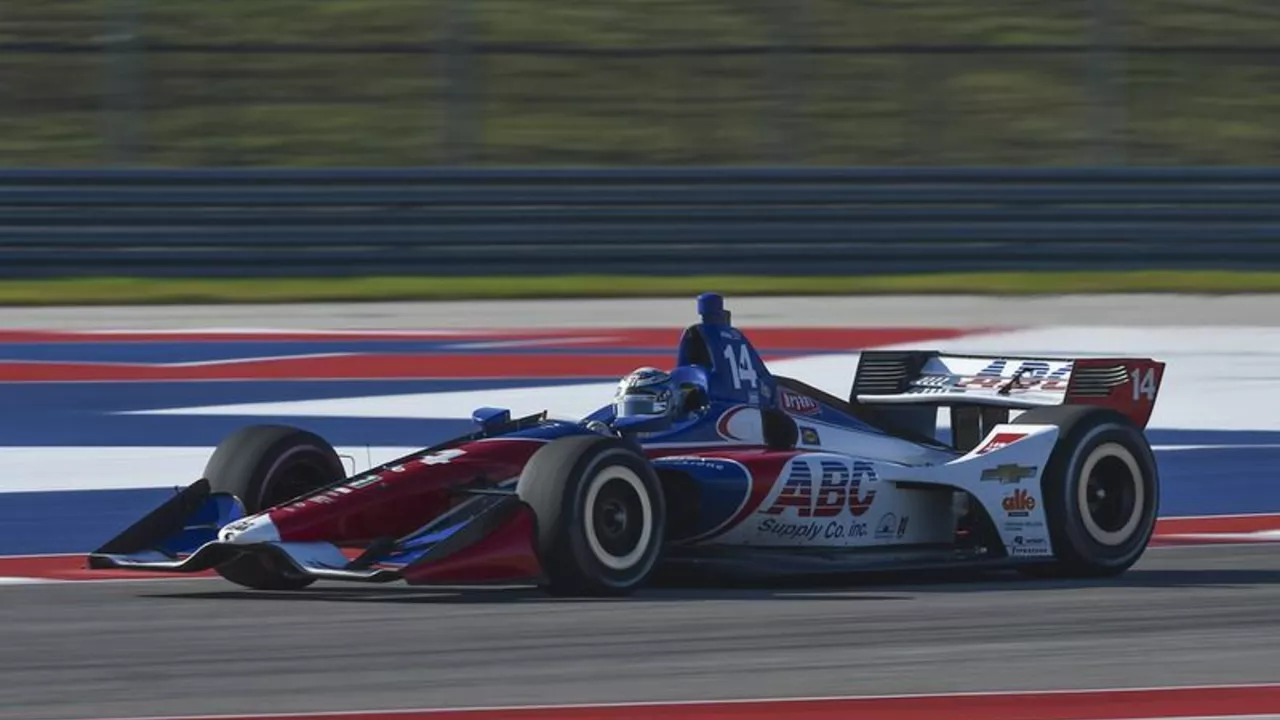Motorsport History: A Quick Ride Through Time
When you hear the roar of an engine, you’re hearing a story that’s been built over more than a century. From dusty road races in the early 1900s to today’s hyper‑tech Formula 1 machines, the sport has changed a lot, but the love for speed stays the same.
Early Days: The Birth of Competitive Racing
The first official race took place in 1906 in France, a simple point‑to‑point sprint that attracted a handful of daring drivers. Those early events were rough – cars were fragile, tracks were unpaved, and safety gear was basically nothing. Yet the excitement was huge, and quickly the idea spread across Europe and the United States.
By the 1920s, Grand Prix races popped up in Italy, Germany, and the UK. Teams started to realize that an engine’s power mattered, but so did aerodynamics and weight. Engineers began to experiment with lighter frames and better cooling systems, laying the groundwork for the tech‑driven sport we know today.
Formula 1 Era: Innovation Meets Iconic Drivers
When the FIA launched Formula 1 in 1950, it turned motorsport into a global spectacle. The first world champion, Giuseppe Farina, set the bar, but legends like Juan Manuel Sainz, Ayrton Senna, and Michael Schumacher raised the stakes. Each driver pushed the limits, and every championship year brought a new engineering breakthrough – from turbocharged engines in the 80s to hybrid power units in the 2010s.
One of the biggest moments came in 1976 when James Hunt and Niki Lauda’s rivalry turned the sport into mainstream drama. Their story showed that racing isn’t just about speed; it’s about drama, personality, and the human side of technology.
Today, F1 cars are marvels of carbon‑fiber, wind‑tunnel testing, and advanced telemetry. A single lap can generate data from hundreds of sensors, letting engineers tweak performance in real‑time. This level of detail didn’t exist when drivers relied on gut feeling and a basic fuel gauge.
Beyond F1, other series like IndyCar, rally, and endurance racing have their own rich histories. The 24 Hours of Le Mans, for example, started in 1923 and still tests both driver stamina and vehicle durability.
Understanding motorsport history gives you context for why a modern race feels the way it does. It explains why certain tracks have legends attached to them, why teams obsess over aerodynamics, and why fans still talk about the “golden era” of the 60s and 70s.
So next time you watch a race, think of the century‑long journey that got us here. From noisy, dangerous road races to today’s precision‑engineered contests, the story of motorsport is a wild mix of passion, innovation, and relentless pursuit of speed.
Ready to dive deeper? Check out our article on the “History Grand Prix F1: The Wild Ride From 1906 to Today” for a detailed timeline, or explore how autosport engineering drives modern racing forward. Whatever you pick, you’ll see how each era builds on the last, keeping the spirit of racing alive and kicking.
